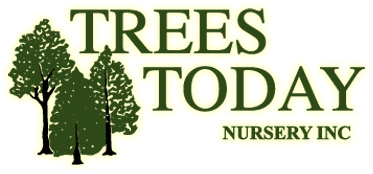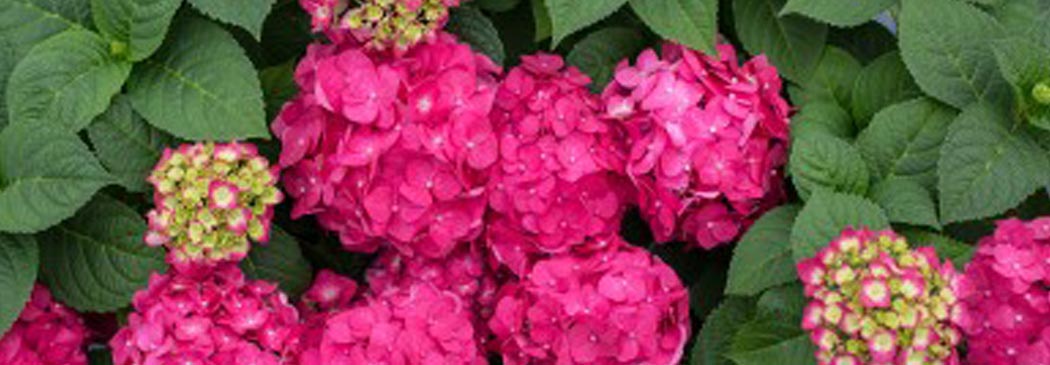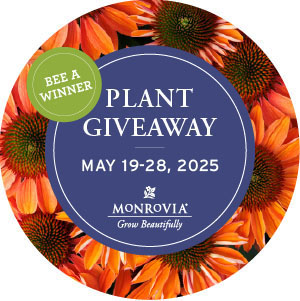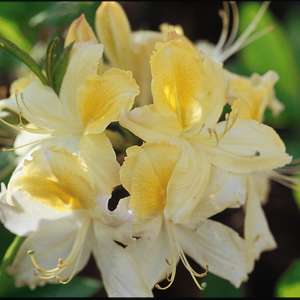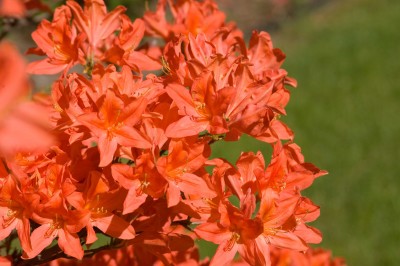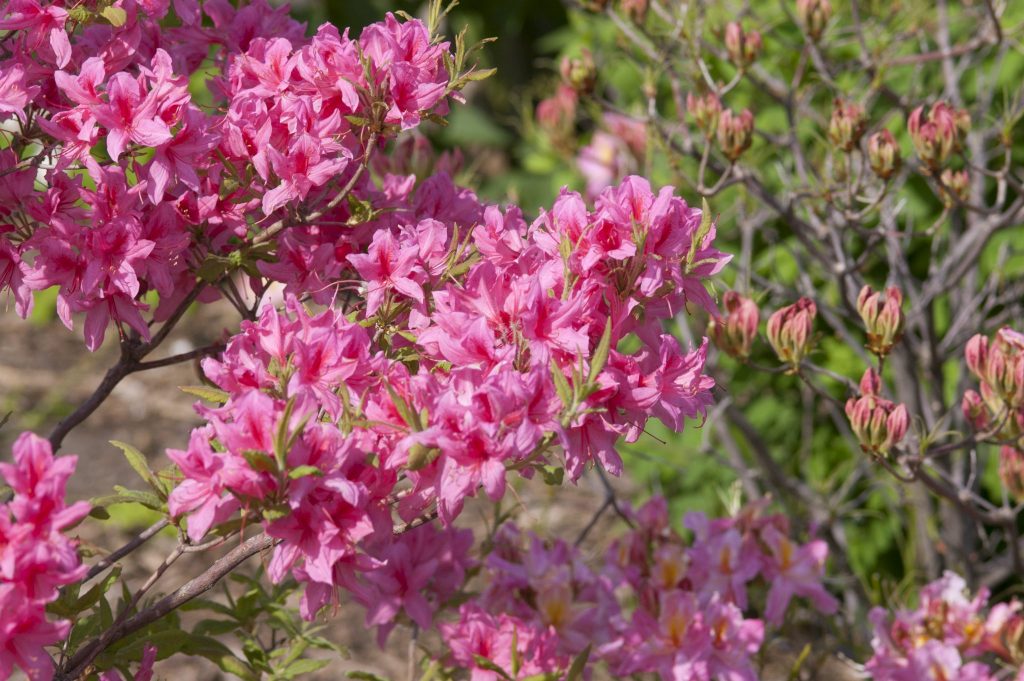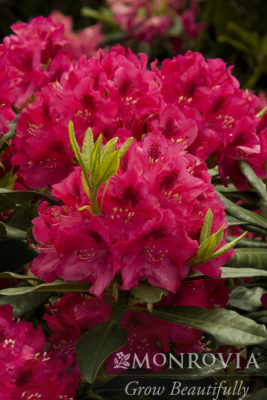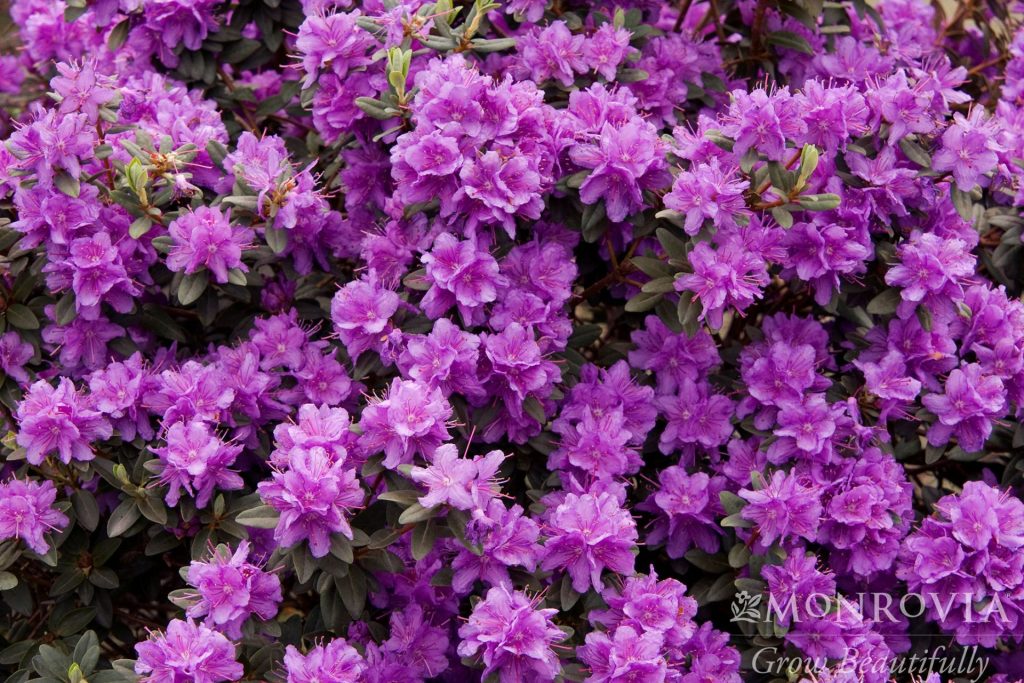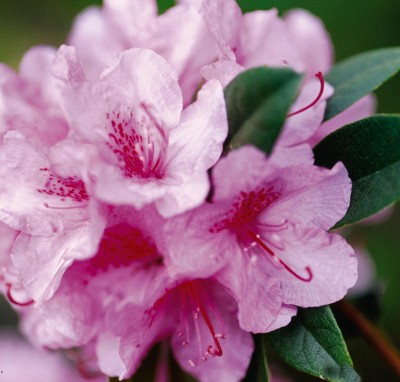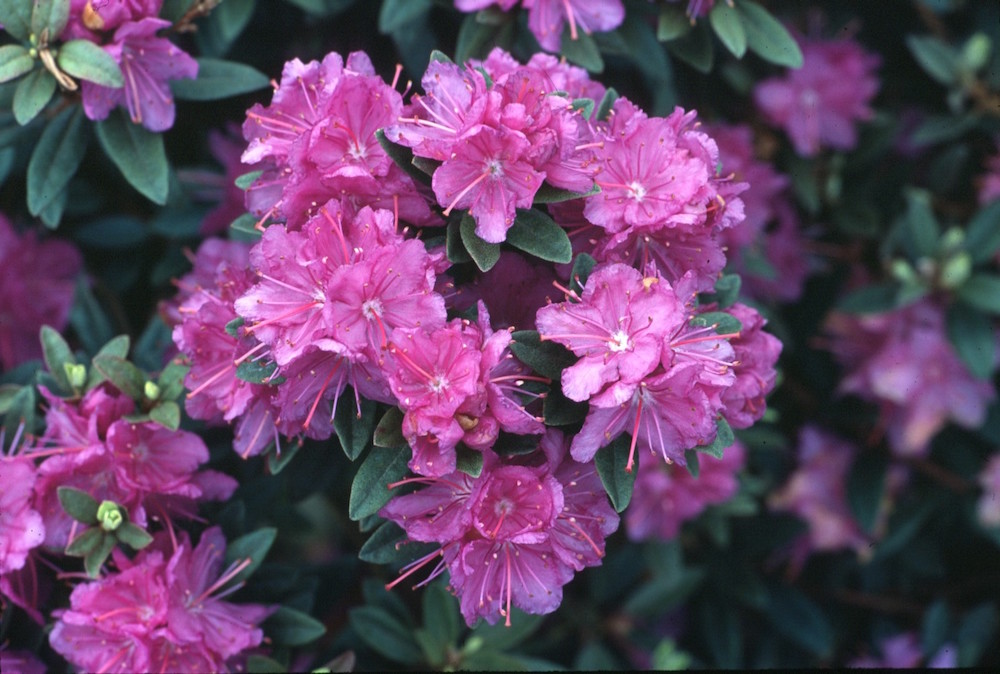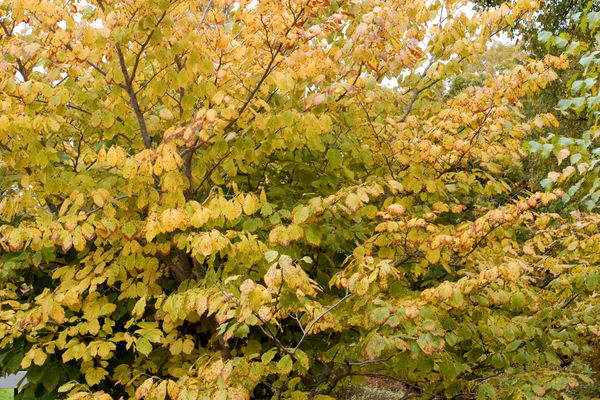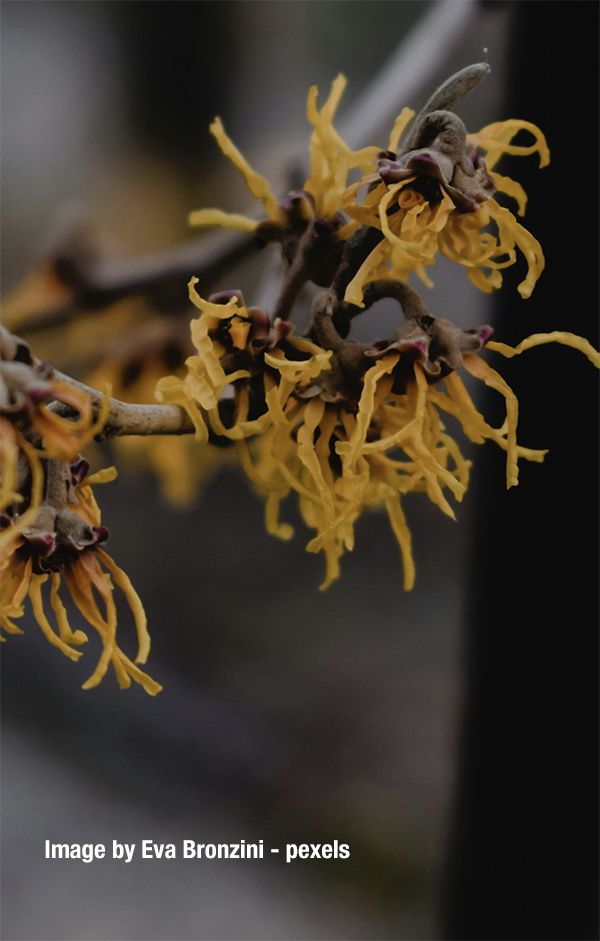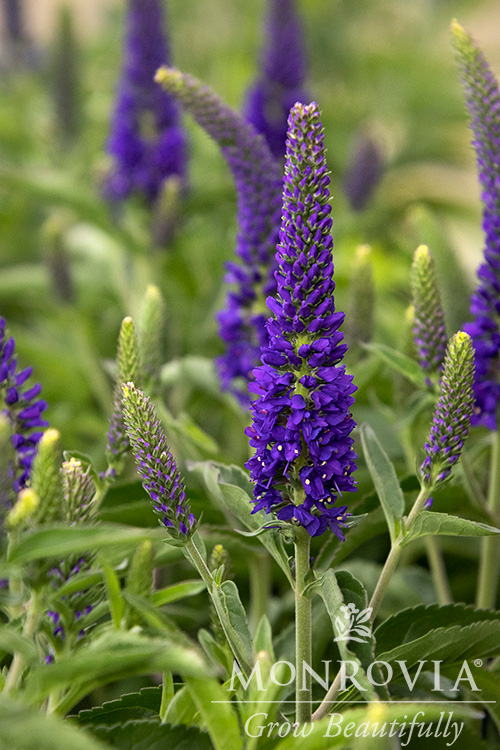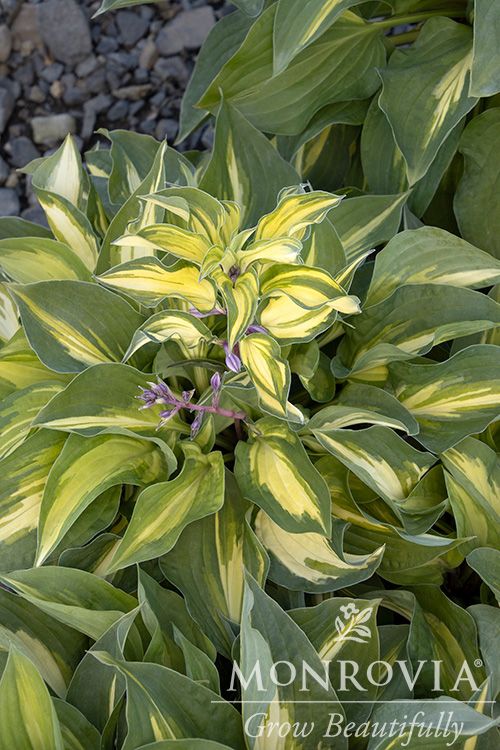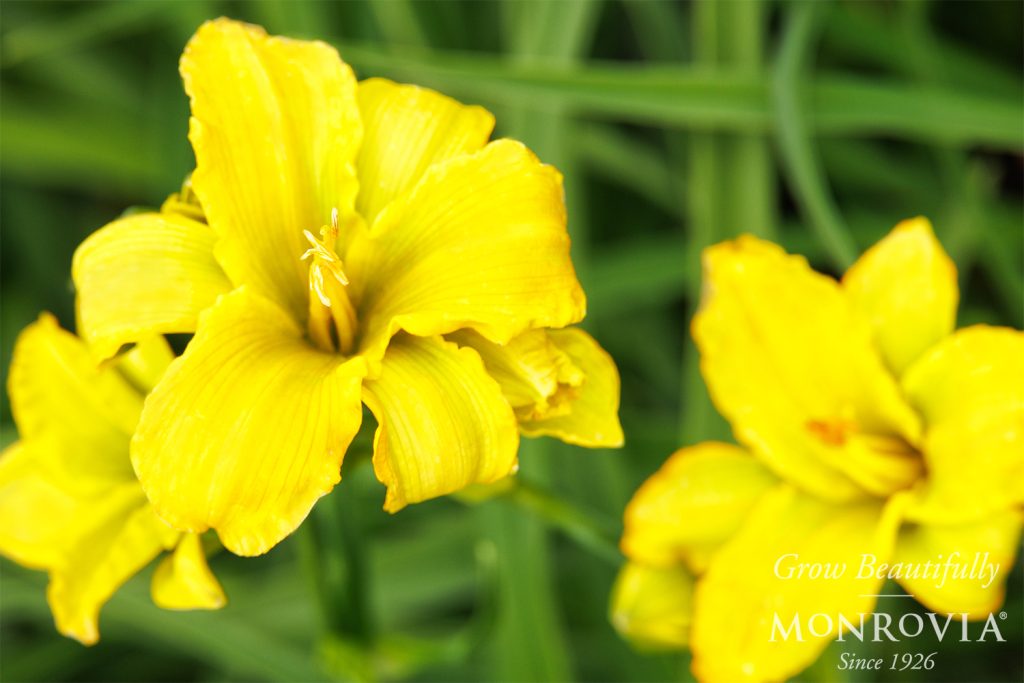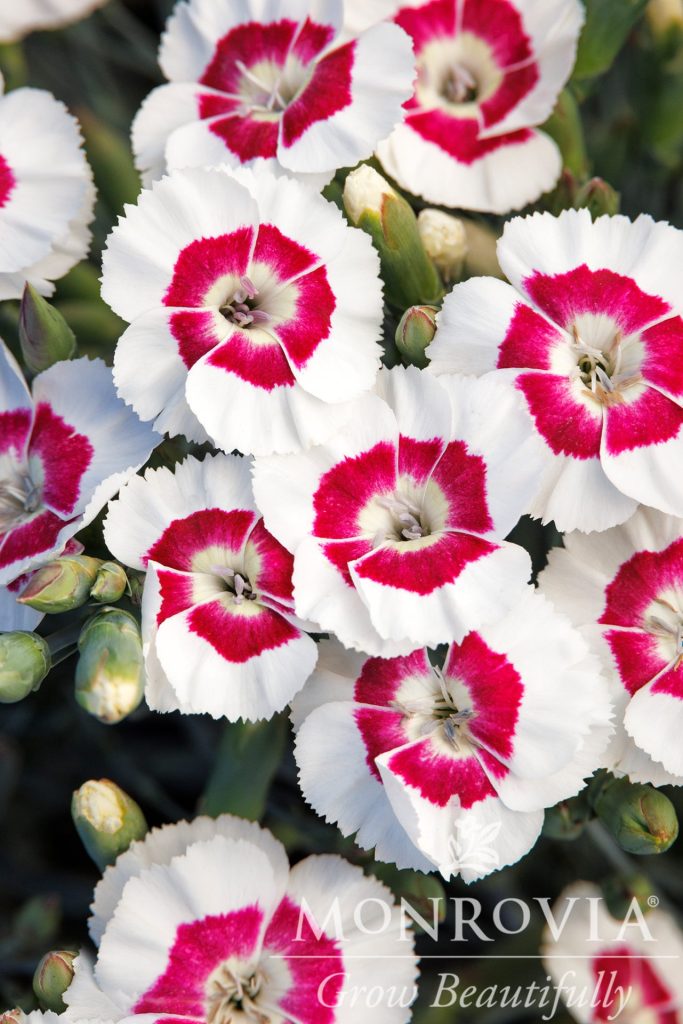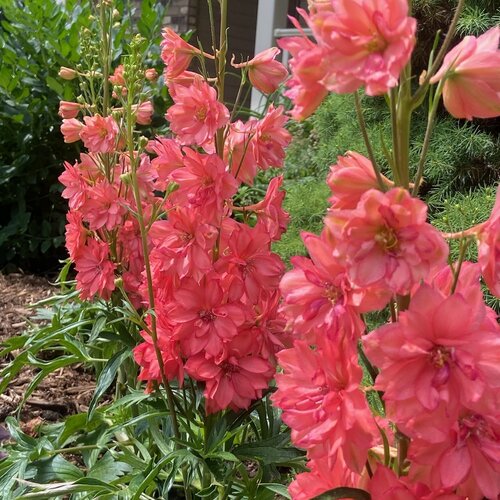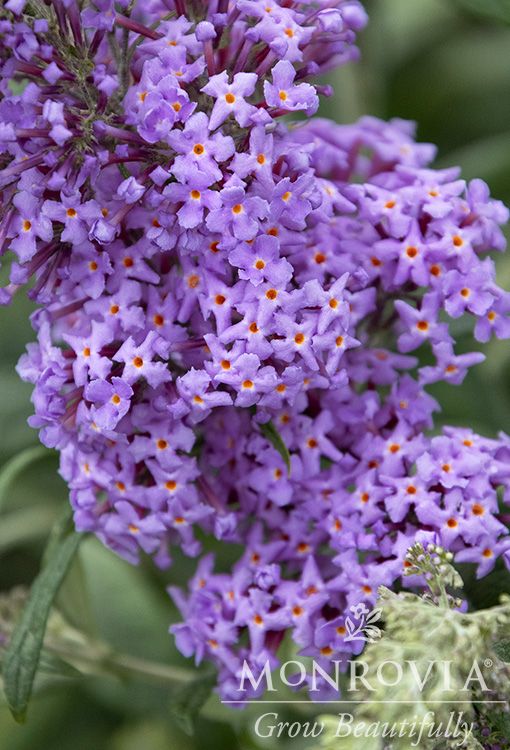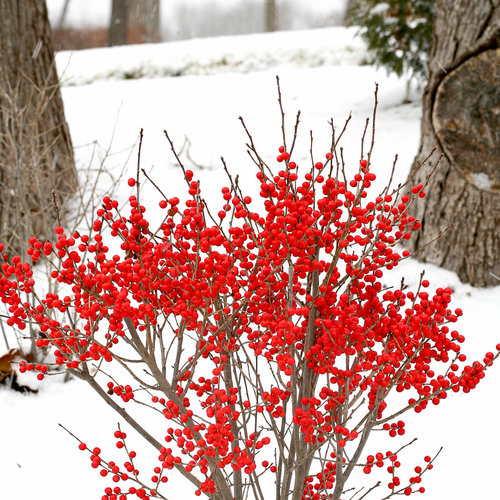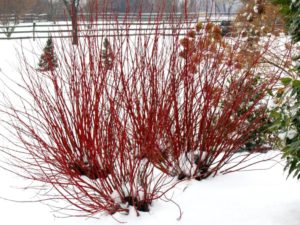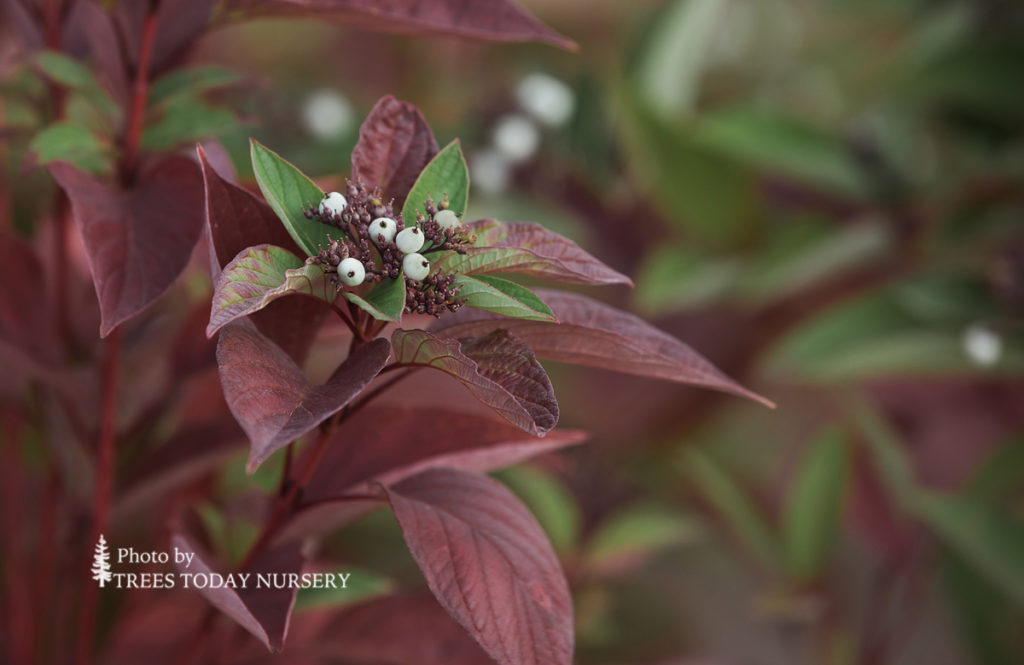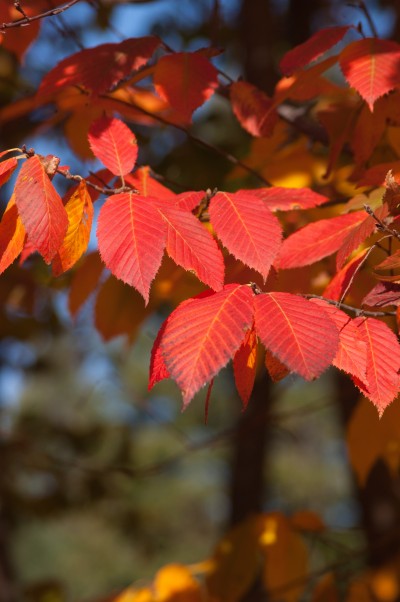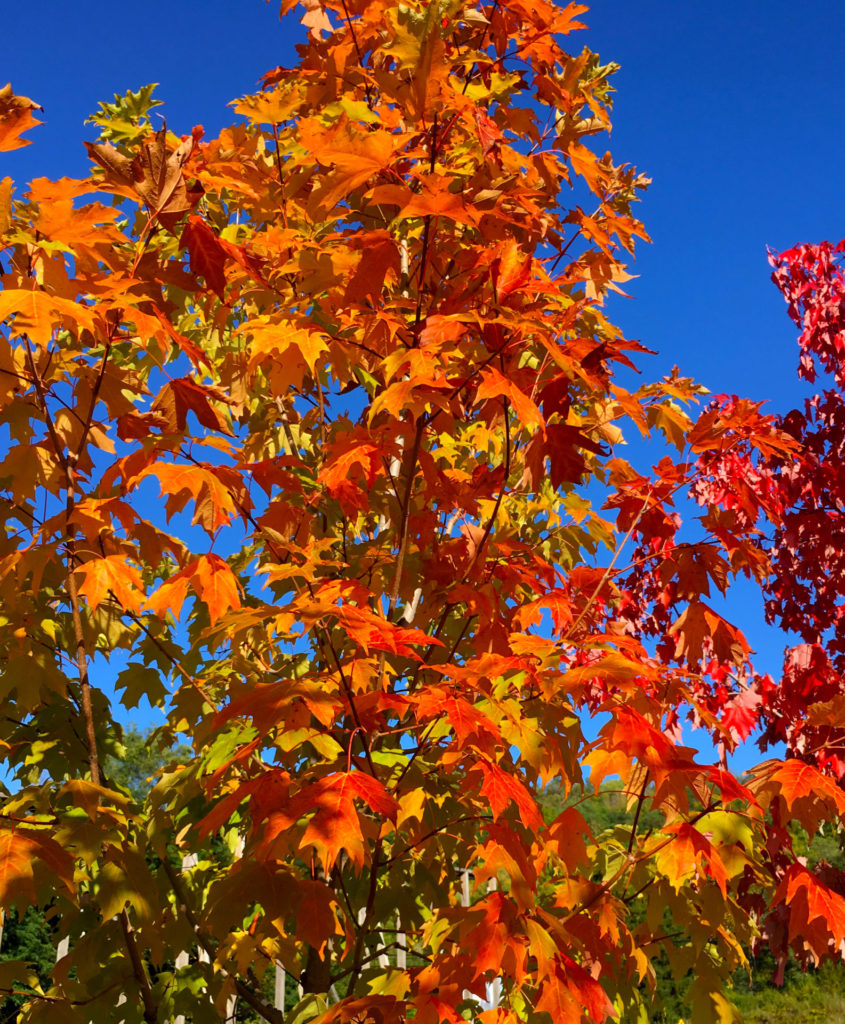To help you understand if your hydrangea should be cut or pruned and when to do it, click on the link following this article. Listed are the three types of hydrangeas that we carry, along with their varieties. This will help you identify what type of hydrangea you have. You also need to know if your hydrangea blooms on old wood or new wood. Macrophylla hydrangeas blooms on both old and new wood. Aborescens and Paniculatas bloom on new wood.
Aborescens (Smooth)
Annabelle
FlowerFull
Incrediball
Macrophylla (Big Leaf)
Bloomstruck – Blooms on Old and New Wood
Pink Splendor – Blooms on Old Wood
PopStar – Blooms on Old and New Wood
Seaside Serenade Cape May – Blooms on Old and New Wood
Seaside Serenade Crystal Cove – Blooms on Old and New Wood
Seaside Serenade Fire Island – Blooms on Old and New Wood
Seaside Serenade Kitty Hawk – Blooms on Old and New Wood
Seaside Serenade Martha’s Vineyard – Blooms on Old and New Wood
Seaside Serenade Newport – Blooms on Old and New Wood
Summer Summer Crush – Blooms on Old and New Wood
Twist n Shout – Blooms on Old and New Wood
Paniculata (Cone shaped flowers)
Berry White
Bobo
Early Evolution
Limelight
Little Hottie
Little Lime
Little Quick Fire
Strawberry Shake
Strawberry Sundae
Tiny Quick Fire
Vanilla Strawberry
Click on this link:
https://www.monrovia.com/be-inspired/when-to-prune-hydrangeas.html

